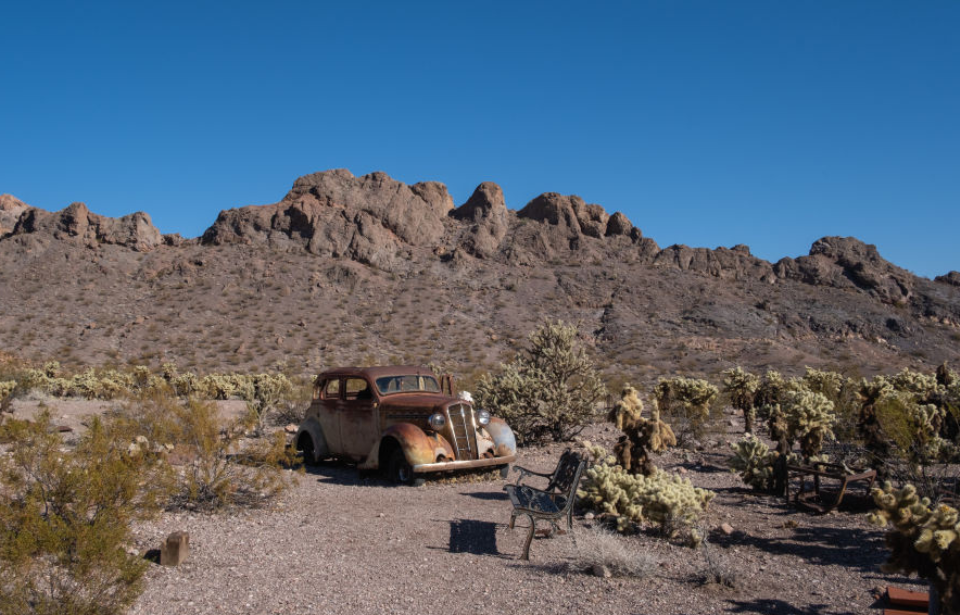In the southeastern part of the Eldorado Valley in the state of Nevada, there is a popular ghost town on Route 165 called Nelson. The surrounding area is known for being the site of the most successful gold mining boom in southern Nevada history.
Currently, the ghost town has become a popular tourist attraction. It has also been a draw for photographers and used as a platform for videos and movies.
In the second half of the 18th century, the Spaniards were in this area searching for gold. They were the first settlers and they named this place Eldorado. Initial attempts only produced silver, which is why they decided to quit the area and move on.
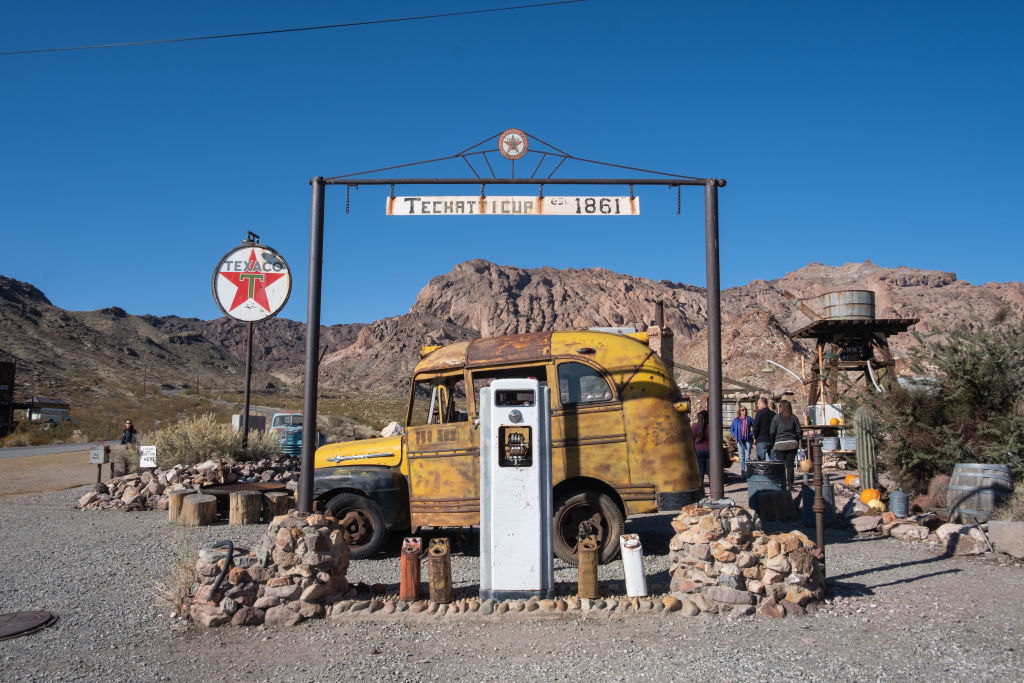
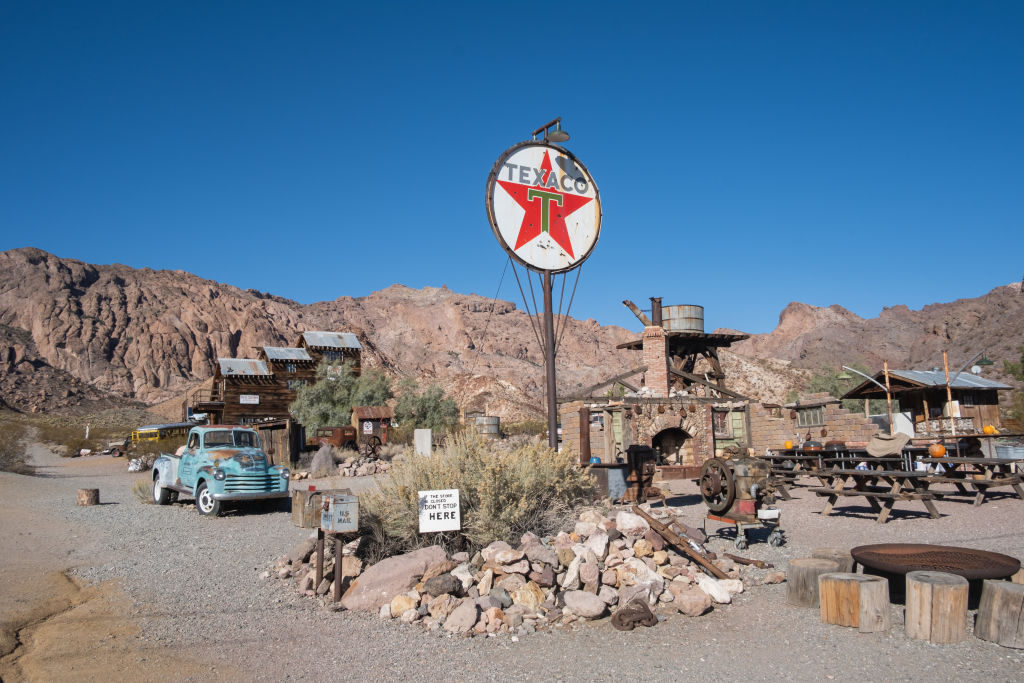
In the 1850s, other prospectors experimentally mined this place and this time their efforts were rewarded. They found gold there and so mining commenced. The breakthrough to the Eldorado Canyon began in 1861.
After that, scouts began to build mining camps. The Techatticup Mine, which was built in 1861, became the city’s most famous mine.
A pier and steamboat landing was also built at the mouth of the canyon on the Colorado River. However, this fell into disuse and was eventually abandoned after the San Pedro, Los Angeles and Salt Lake Railroad built a railroad track nearby.
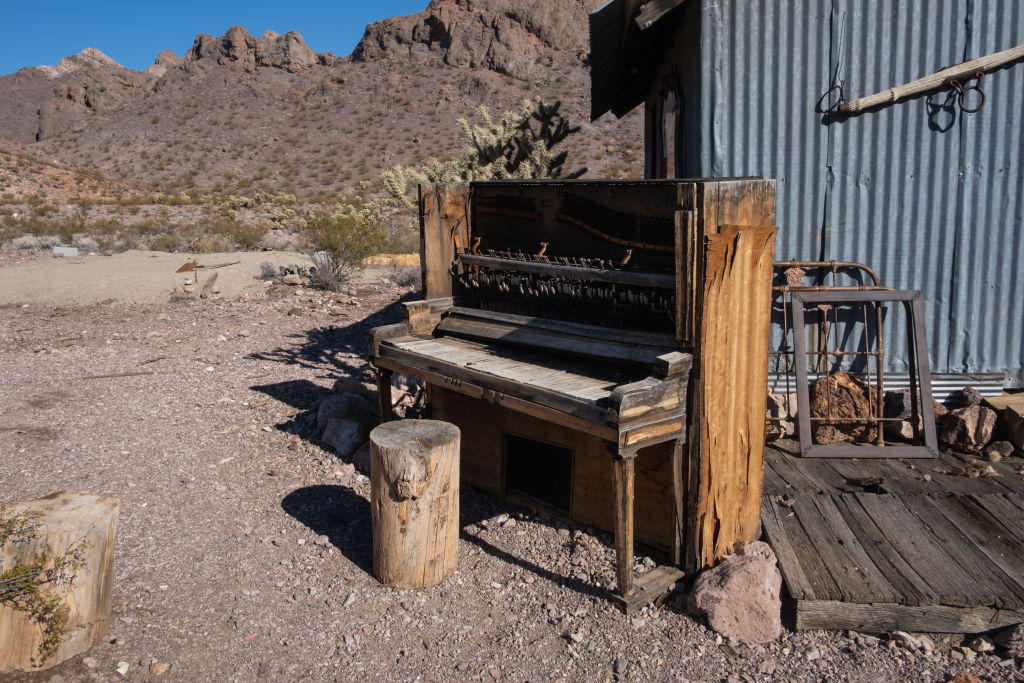
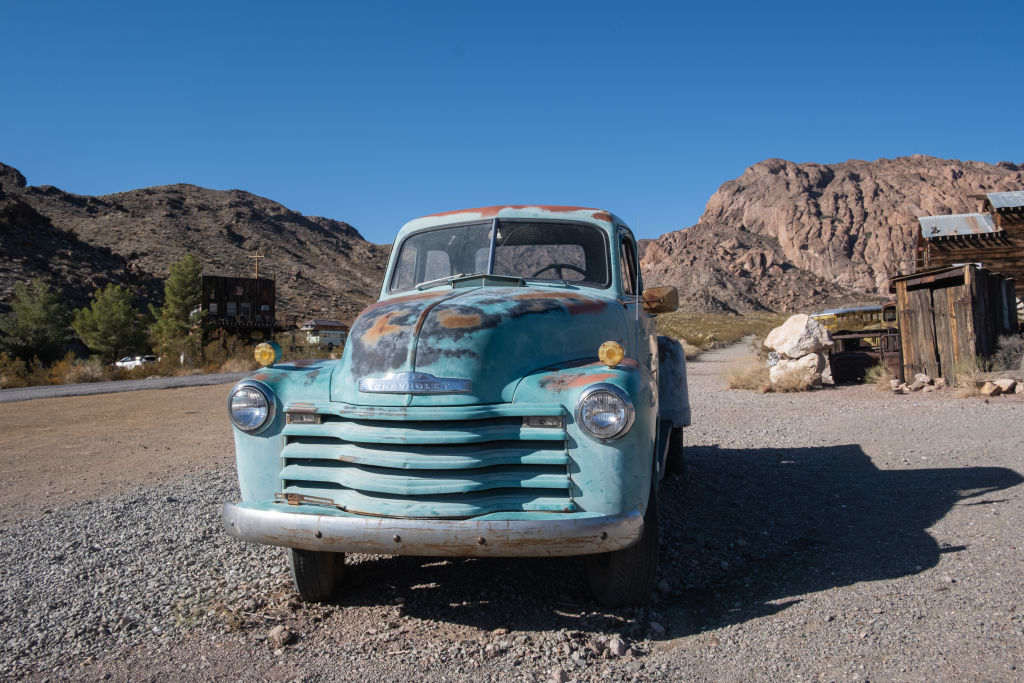
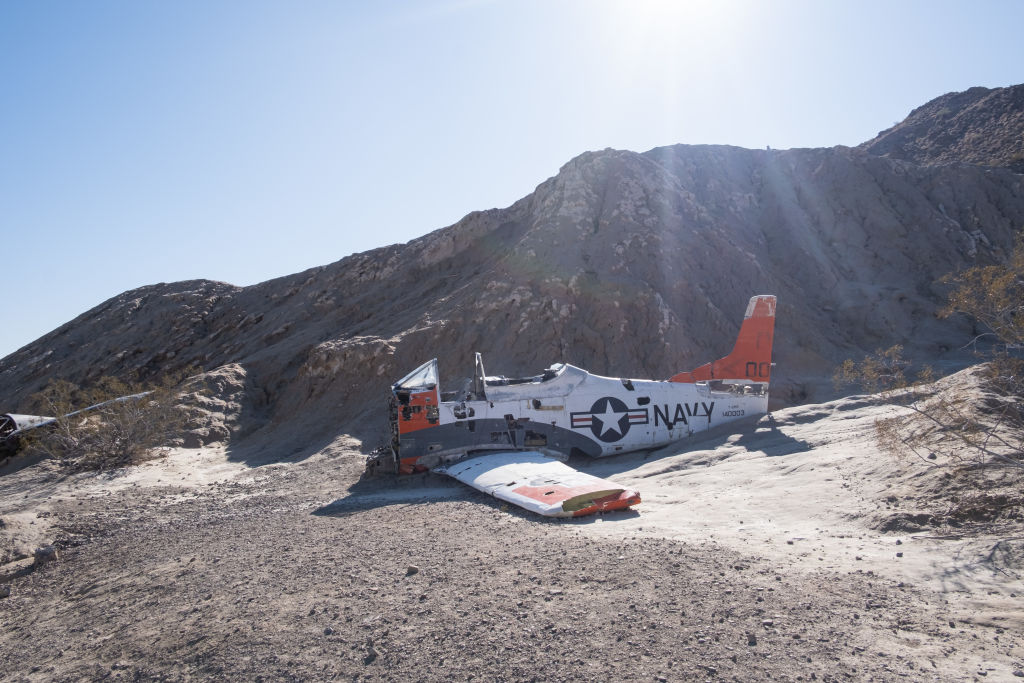
As time went on, the remote nature of this mining town meant that it became particularly lawless. There were suggestions that the law enforcement officers simply gave it a wide berth.
Nelson became a favorite place for civil war deserters from both sides to settle because it was isolated and inaccessible to the military authorities. There were plenty of disputes over mining claims, including the ownership of the famous Techatticup Mine, as well as labor disputes.
The Techatticup Mine was located in the middle of the Eldorado Canyon. In the time that it was operational, namely 1861-1945, several million dollars worth of gold, silver, copper, and lead were extracted from it.
However, disagreements over property and mining rights regularly flared up around this prosperous mine, leading to vicious fights and fatalities.
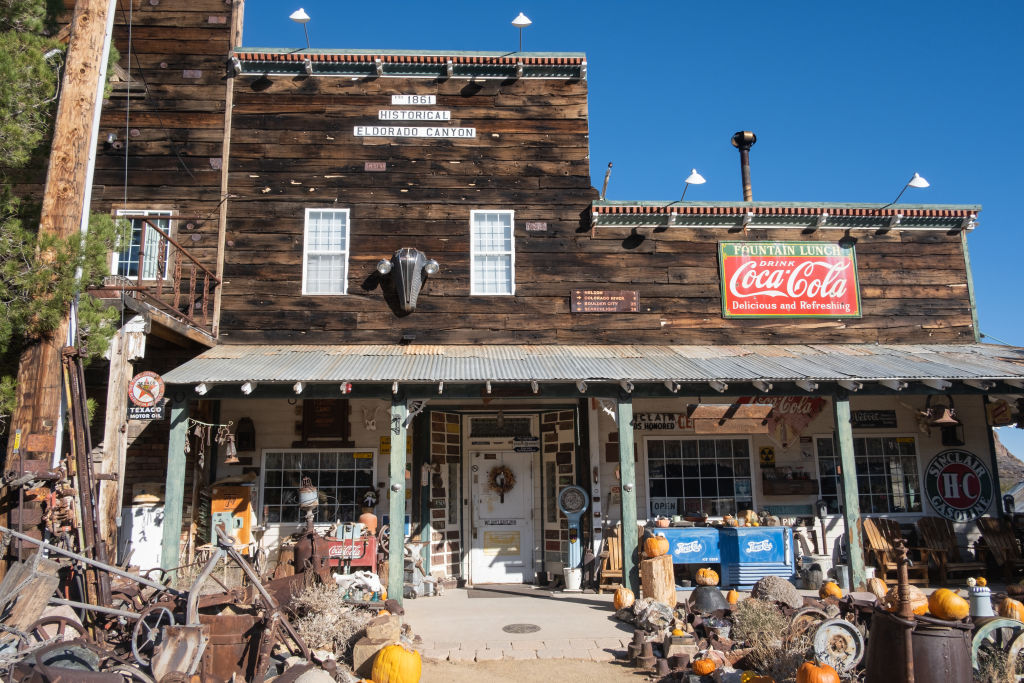
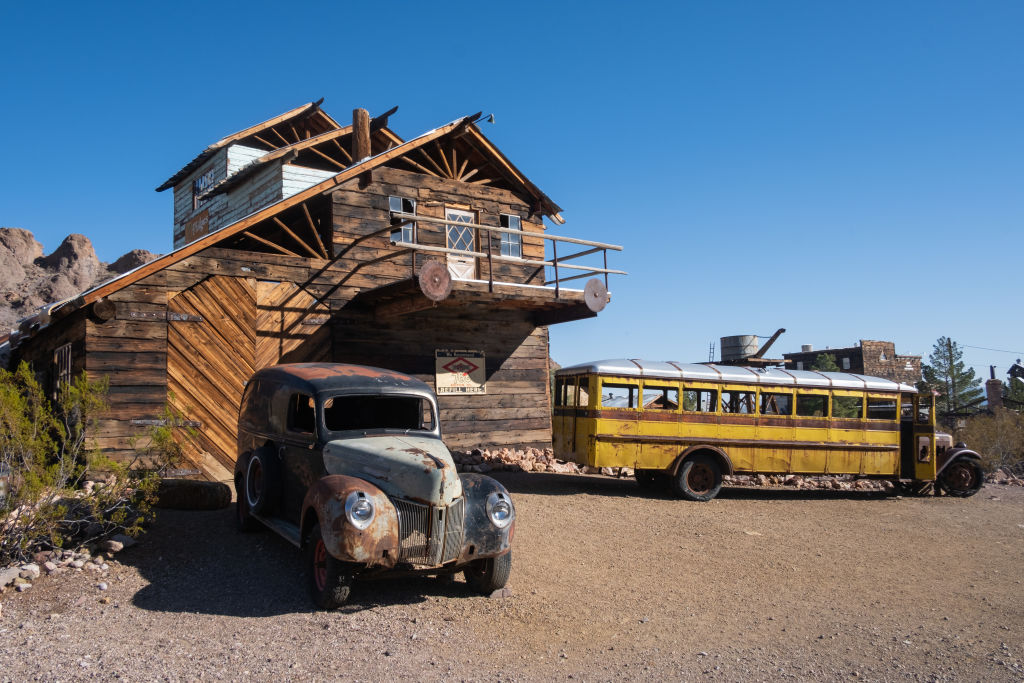
The community who inhabited this city gave it the name of Nelson in honor of Charles Nelson. Charles Nelson was the leader of one of the camps; he was attacked by a renegade Indian in his house in 1897 and perished that night along with four other people.
Records indicate that ore worth about $10 million was mined in the region from the time the precious minerals were discovered until 1900.
Despite the city’s terrible reputation, gold-hunters kept turning up to try their luck. Five miles east of the city of Nelson was Nelson’s Landing. It was a village and a pier located on the reservoir of the Colorado River.
About five miles east downstream was Nelson’s Landing, a village and landing point was established on the Colorado River reservoir. Unfortunately, it was destroyed in a flash flood that occurred on September 14, 1974.
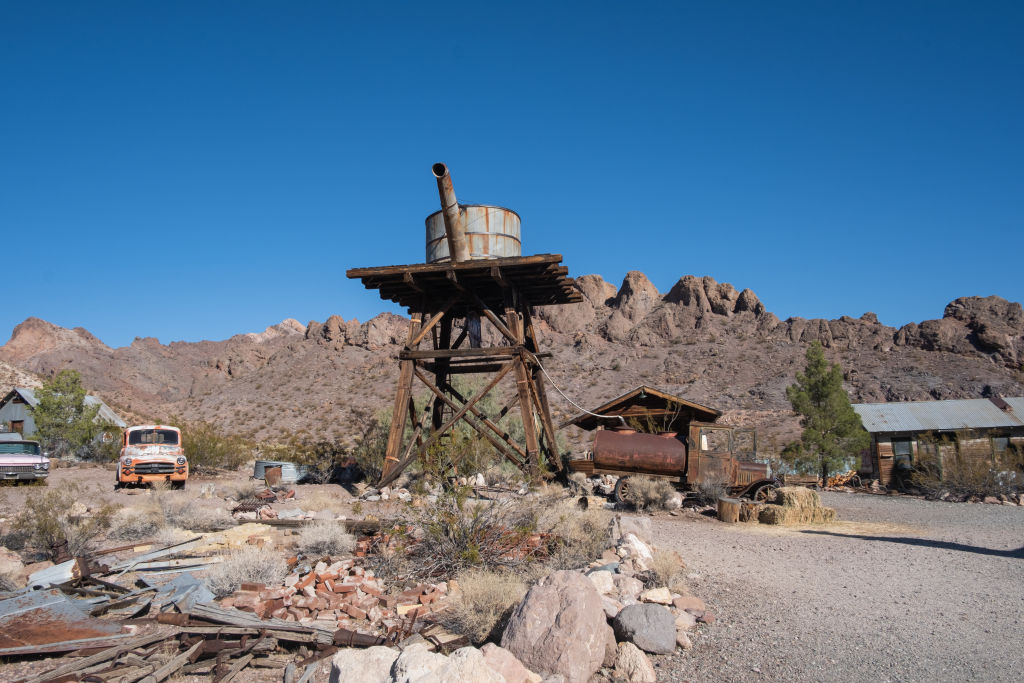
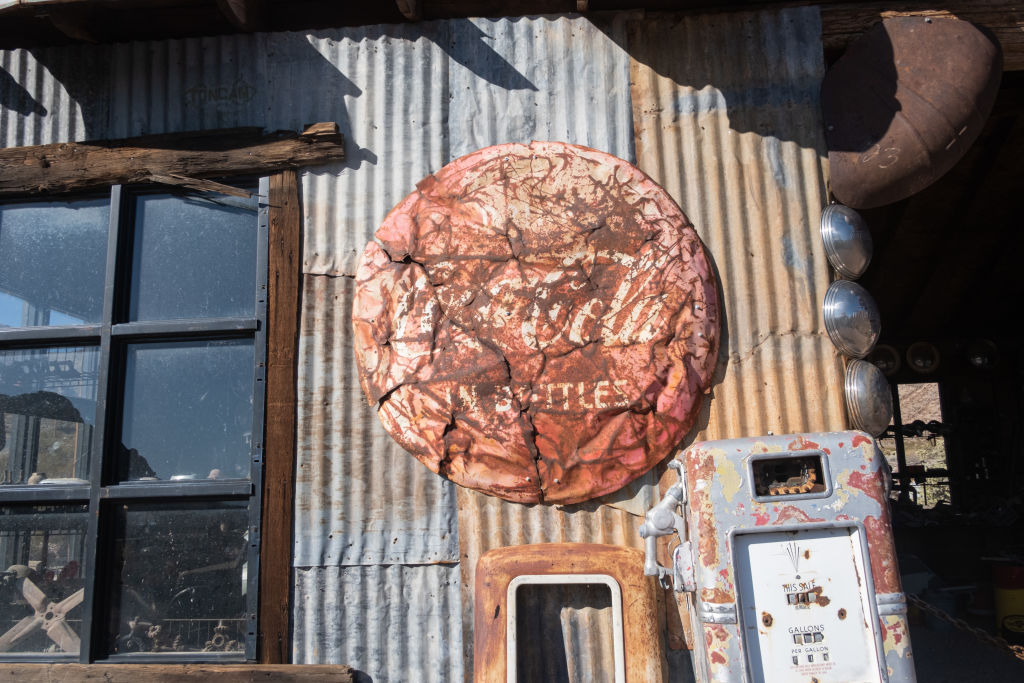
After the flood, mining ceased, and the city became uninhabited. Nelson flooded regularly and only those structures that were above the flood line stood the test of time. These included some ranch houses and a Texaco station.
In 1994, the area got a new lease of life when Tony and Bobby Verley acquired the city. They have rebuilt some of the structures there and have also opened the Techatticup mine to the public for tours.
Despite once being abandoned, this ghost town is now a popular tourist destination that is also used for photoshoots, music videos, and films. A particularly unusual sight is that of a crashed plane buried nose-first in the sand. This is a prop left over from the filming of the 2001 movie 3,000 Miles to Graceland.
More from us: Rusted Relics: The Haunting Beauty of Volkswagen Graveyards
Results of the 2010 census showed that Nelson’s population consisted of only 37 people, but it has plenty of visitors. Photographers are regularly drawn here, and one photography studio highlights the ghost town as a great place to have engagement or elopement shoots. It is also an area popular with cliff jumpers.
